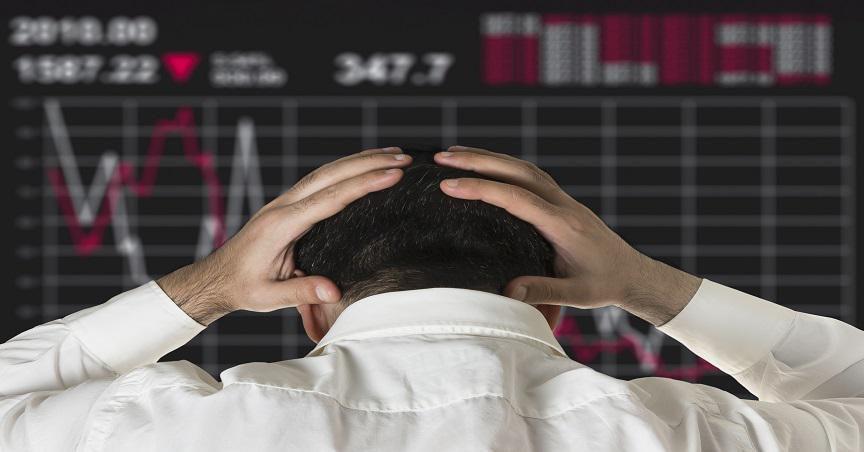Highlights
- The 1929 crisis is one of the biggest stock market crashes in US history.
- Dow Jones Industrial Average index lost US$ 30 billion in market value between October 24, 1929 to October 29, 1929.
- By the year 1932, stocks had lost about 90 per cent of their value.
According to common wisdom, the 1929 stock market crash, also called the ‘great crash,’ occurred from Thursday, October 24, 1929, to Tuesday, October 29, 1929. These days are now referred to as ‘Black Thursday’ and ‘Black Tuesday.’
Although the 1929-1932 stock market crisis is commonly seen as having started on Black Thursday, the events that eventually resulted in the catastrophe started earlier. However, no established agreement identifies the causes of the 1929 crisis.
So let's look back on history to learn more about what transpired during those crucial four days leading up to the greatest stock market crash:
What were the speculated reasons behind the crash?
The media's and powerful people's attempts to curb market speculators were one of the primary reasons for the largest stock market crisis in US history.
The second likely factor was the accelerated expansion of investment trusts, the rise in interest rates, and regulations governing public utilities.
Public utilities, utility holding companies, and investment trusts were all deeply leveraged using substantial debt and preferred stock. Soon after, the industry received unfavourable information concerning utility regulation in October 1929, and utility stock prices plummeted.
Margin buyers were forced to sell after the price of utilities dropped, which led to a panic sale of all stocks, resulting in markets falling as nervous investors sold off their assets. The entire globe, not just the US, was in shock, and the collapse of Wall Street markets ultimately caused the Great Depression of 1932.
The asset bubble created in 1922 was another reason behind the 1929 crash. The stock market had been increasing at more than 20 per cent each year since 1922.
A summary of what happened in those four days?
The New York stock market started a sudden four-day decline on October 24, 1929. Nobody anticipated that these four days would herald the start of modern world's worst global economic catastrophe.
The Dow Jones Industrial Average hit a record high of 381.2 on September 3, 1929.
The Dow Jones closed the market on October 23, 1929, at a much lower value, leaving investors and dealers perplexed.
Black Thursday was the first day of the 1929 crash. The Dow Jones opened at 305.85 and dropped by 11 per cent right away. By the time markets closed, traders had stabilised prices through excessive buying. Approximately 13 million shares had been traded at the day's end.
However, the market fell to 299.5 at the close of trading on Thursday, a 21 per cent loss from the September peak.
On a day with an activity that was almost three times higher than the daily average for the first nine months of the year, the market dropped 33 points, a decline of 9 per cent. According to all the signs, an environment of panic selling has been steered among traders.
Investors exhaled a sigh of relief as the upward momentum returned the next day, on Friday, October 25. The Dow increased by 0.6 per cent to 301.22.
The upbeat tempo didn't last for very long. The Dow dropped to 260.64 on ‘Black Monday’, October 28, a 13.47 per cent decline.
On ‘Black Tuesday,’ October 29, a record number of trades were completed during the trading day as the Dow dropped another 11.7 per cent to 230.07. The first thirty minutes of the day saw the trading of three million shares.
During those four days, the Dow Jones Industrial Average fell by nearly 25 per cent and lost US$ 30 billion in market value, which translates to roughly US$ 520 billion in today's money. Following this downtime, stocks had lost 90 per cent of their value by 1932, marking it as one of the biggest stock market crashes of all time.





